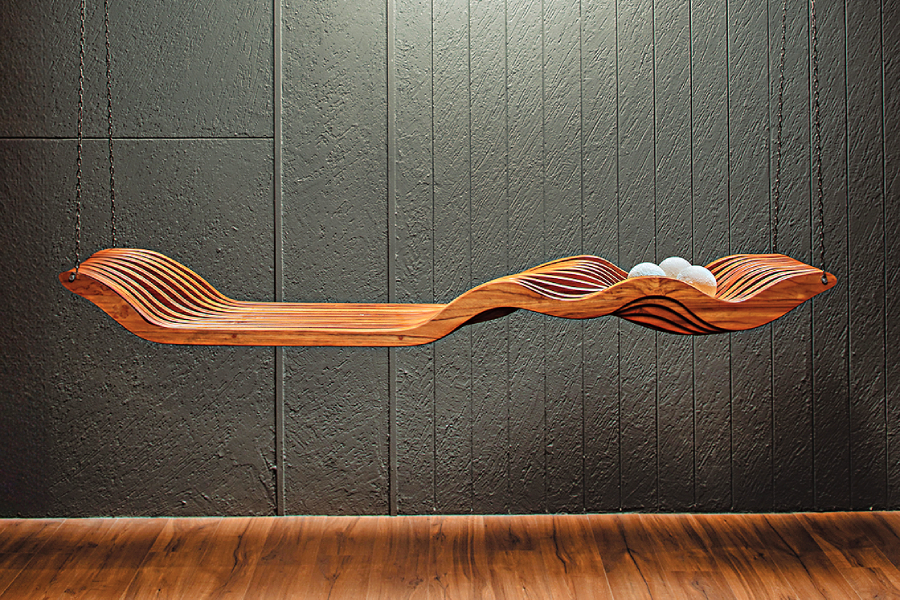2024 whispers of chic home interiors—envision green luxury, revamped workspaces, radiant lighting, and the graceful charm of flowy furniture.
- May 15, 2024
- Updated 5:49 pm
Designing Tomorrow
- Bindu Gopal Rao
- January 3, 2024
- Lifestyle
With the year 2024 nearly upon us, why not welcome the New Year with a home that reflects the trends that will rule the year? If you are wondering how, we let you in on some trends that are likely to rule home interiors in the new year.
Green interiors
The concept of sustainability and green luxury is rapidly gaining momentum. When designing luxury spaces, it is essential to implement innovative systems to elevate the comfort and convenience of inhabitants and maintain the overall design aesthetics. “High-end technology, such as home automation systems and ‘smart homes’, are becoming more prevalent in luxury interiors. At Confluence, we seamlessly incorporate advanced technology in lighting, climate control, and security. Our projects are a testament to eco-conscious practices and materials in luxury design. In our designs, we have been including eco-friendly energy-efficient systems such as smart glass or DGU on facades for optimised daylight. We also aim to incorporate smart technology such as ‘breathable concrete’ and vertical gardens on facades, elevating the luxury quotient and enabling a reduced ecological footprint. Additionally, to render every moment spent within the interior walls, designers need to look beyond the notion of aesthetics while also considering trends with a sustainable approach. The key to timeless design lies in mastering the art of sensitive design, where a personalised approach can foster a sense of luxury for all users,” says Vishal Sharma, Founder Partner & Principal Architect, Confluence. Offering an indelible experience that is uniquely bespoke requires a blend of unforgettable visuals and personalised memories within the existing space.
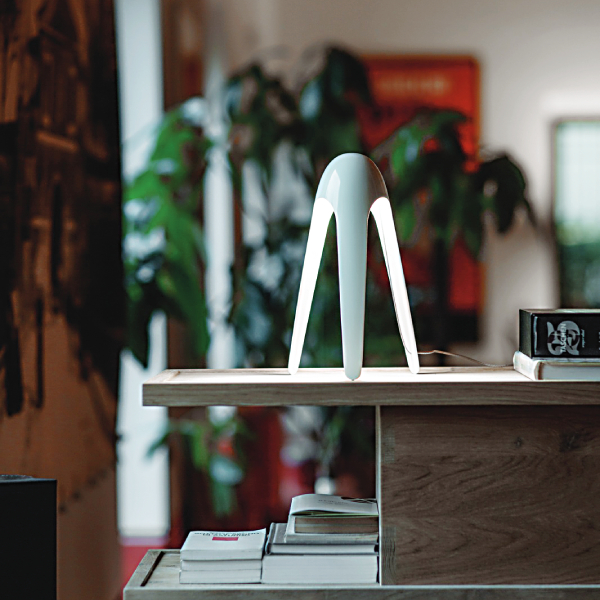
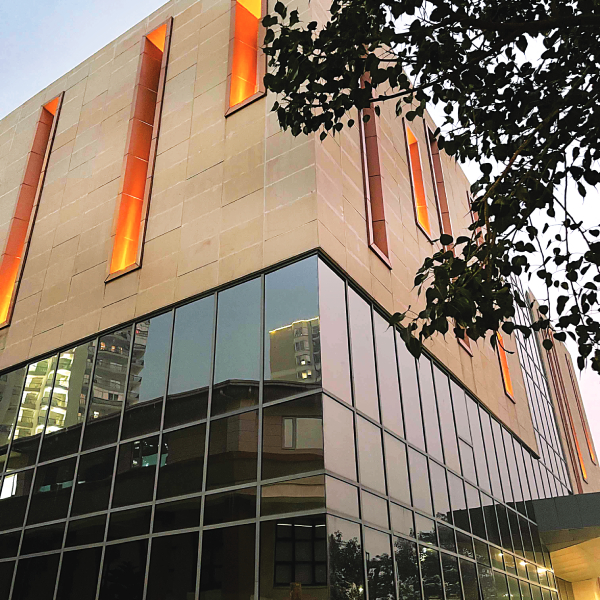
Home office
The home office trend has made a grand comeback after the years consumed by the pandemic. However, the concept of home office or wildly popular ‘dens’ was a common feature of every home in the earlier days of interior styling. “In the present day, home offices aren’t just functional but are one of the most used spaces in a house. Having a designated area to work brings a direction to the theme of the home and embraces modern simplicity which is an absolute game-changer. The use of clean lines, muted tones, and minimalist furniture not only transforms the workspace aesthetically but also creates a serene environment that promotes focus and productivity. It is amazing how a clutter-free and streamlined design can positively impact both work and overall well-being. Additionally, the incorporation of natural materials, plants, and ample sunlight into the home office turns the workspace into a haven of tranquillity,” say Rashi Bothra and Ruchi Gehani, Founders and Interior Designers of Azure Interiors.
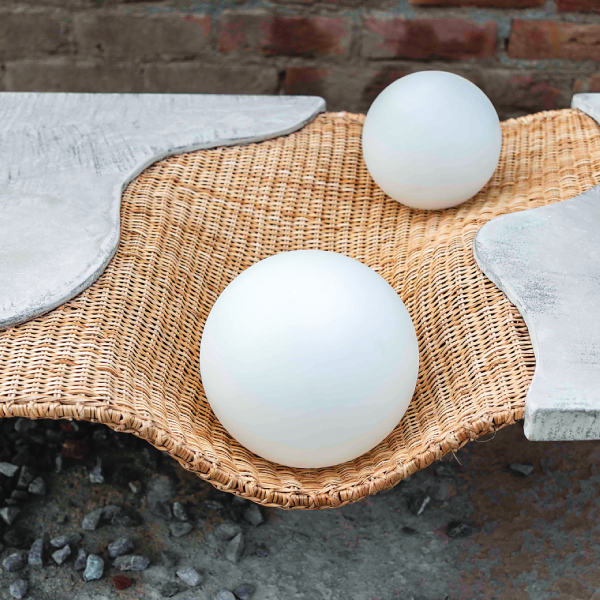
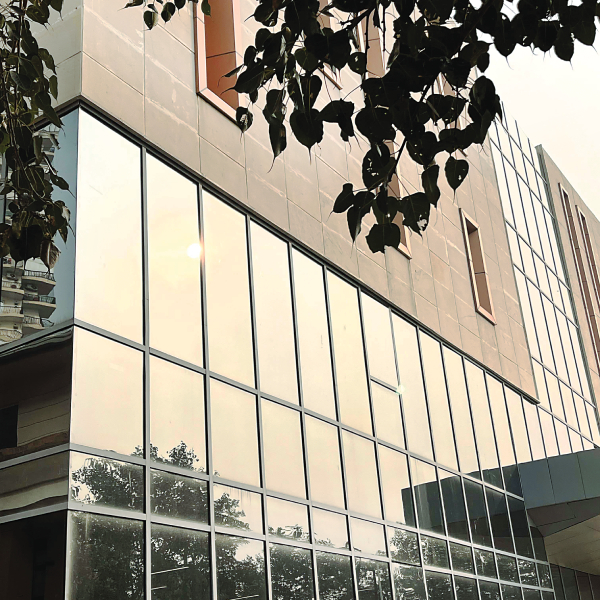
Let there be light
Lights play an exceptionally important role in elevating the home office from basic to wonderous, using table lamps, under-cabinet lights, ceiling-mounted fixtures, and smart lights are a few of the hacks that can change the whole aesthetic of the space. Aryaman Jain, CEO, Innovative Design Studio says, “Embracing natural light enhances the overall beauty of your home, fostering a connection to nature. It serves as an optimal element to create an open and breezy atmosphere, instilling tranquillity, and positivity. Infusing your space with natural light can be effortlessly achieved by incorporating features such as expansive glass windows and floor-to-ceiling glass doors. Simple adjustments, such as utilising light-filtering blinds, reflective surfaces, and lighter paint colours, further contribute to the luminous ambiance. An often overlooked but vital concept is daylight harvesting, a sophisticated yet straightforward approach to minimising energy consumption.” Also known as daylight response, this automatic lighting control strategy adapts artificial light levels based on available daylight, proving especially effective in areas with ample natural light.
Warm minimalism
Warm minimalism embraces a serene aesthetic while utilising gentle, inviting tones of pastels to evoke a profound sense of warmth. This design ethos, rooted in simplicity and functionality, redefines spatial dynamics within a limited footprint, creating versatile, clutter-free areas. “To infuse a space with the essence of warm minimalism, begin by opting for a neutral colour palette. Soft, earthy tones like beige, cream, or light tan can serve as a canvas for this style. These hues evoke a sense of calmness and warmth, establishing a serene backdrop for the space. Focus on decluttering and embracing clean lines in furniture and layout. Minimalist aesthetics thrive on simplicity and functionality. Select furniture with sleek profiles and multifunctional designs to maximise space utility while maintaining an uncluttered look. Integrate natural elements such as wood, stone, or subtle textures to add depth and warmth. These elements bring a tactile quality, enhancing the inviting atmosphere. Layer the space with thoughtful accents like textiles, subtle patterns, and carefully curated decor items. A few well-chosen pieces can add character without overwhelming the minimalist ambience,” says Saniya Kantawala, principal designer and founder, Saniya Kantawala Design (SKD). Warm minimalism ultimately hinges on balance and restraint, where simplicity and comfort converge to create spaces that exude tranquillity and timeless appeal.
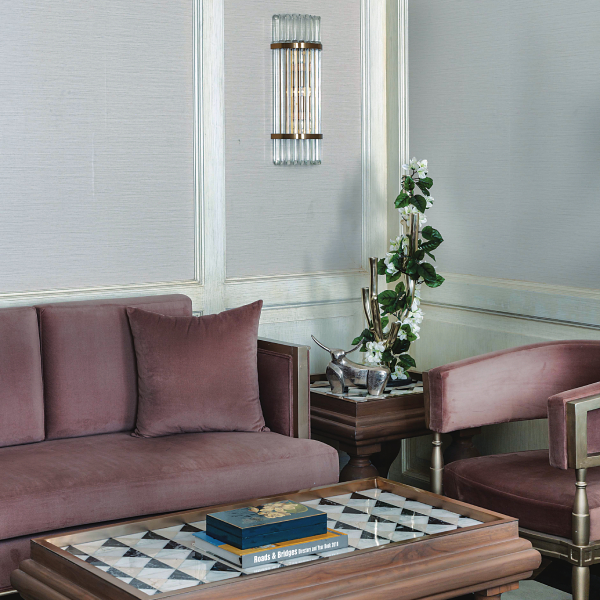
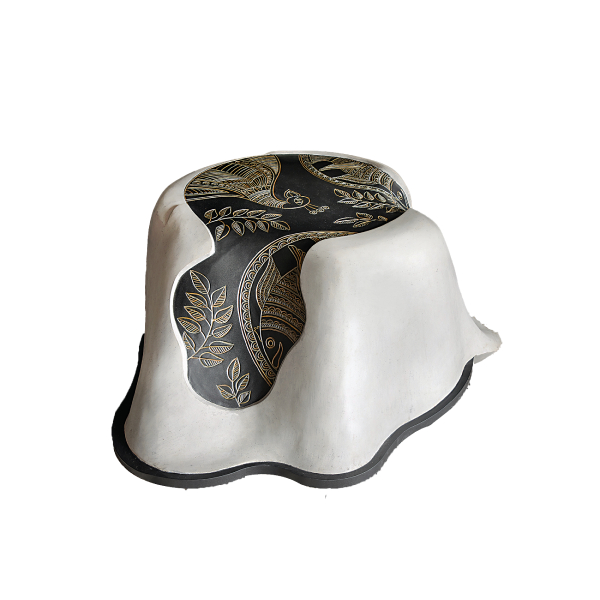
Flowy furniture
Flowy furniture, a trend gaining momentum in contemporary design, seamlessly integrates fluidity into functional spaces. Characterised by organic lines and sinuous forms, flowy furniture transcends traditional constraints, embodying a sense of movement and grace. This design ethos challenges conventional rigidity, offering a harmonious blend of aesthetics and utility. “The allure of flowy furniture lies in its ability to evoke a dynamic, yet calming, atmosphere. By embracing curvilinear shapes and undulating contours, these pieces invite a sense of serenity into living spaces. The intentional departure from straight lines creates an engaging visual rhythm, fostering an environment conducive to relaxation and creativity. Crafted with precision, flowy furniture celebrates the marriage of form and function. Its sculptural elegance not only adds a touch of sophistication but also transforms interiors into fluid canvases where design seamlessly melds with the surrounding architecture. Whether manifested in sinuous sofas, curved tables, or fluid shelving, the essence of flowy furniture lies in its capacity to redefine spatial boundaries, offering an immersive and transformative experience within the contemporary living landscape,” says Devyani Gupta, Co-Founder, Vakr Studios. In a world where design continually evolves, flowy furniture emerges as a captivating expression of modernity, captivating enthusiasts seeking a balance between aesthetics and the art of movement.

